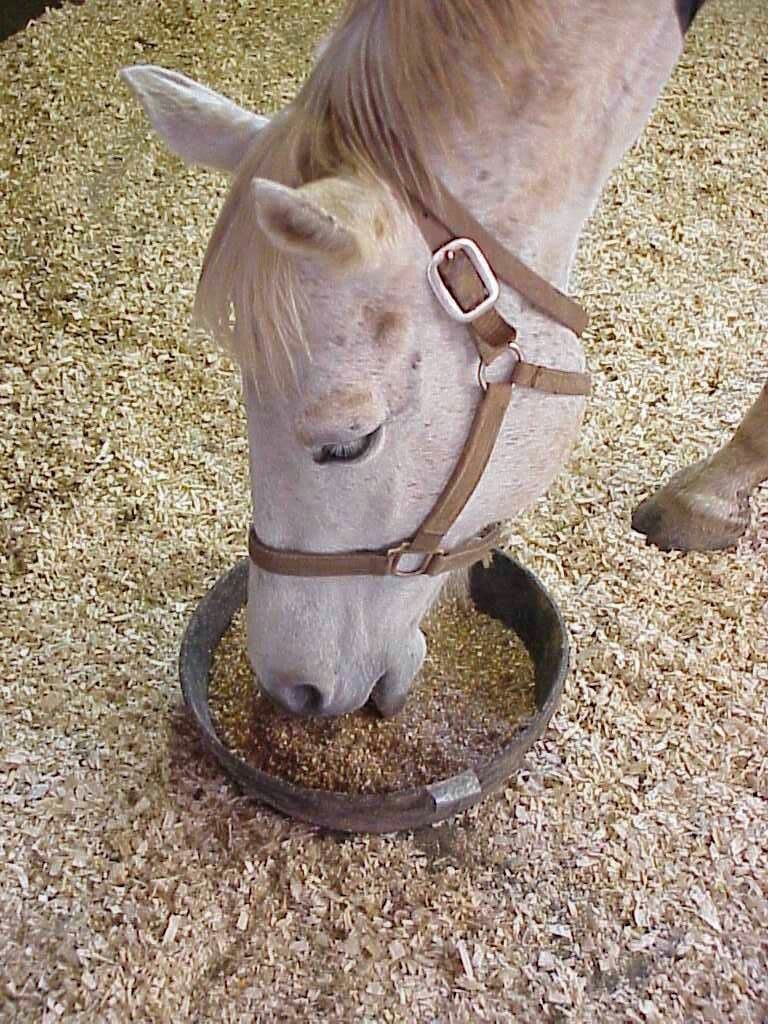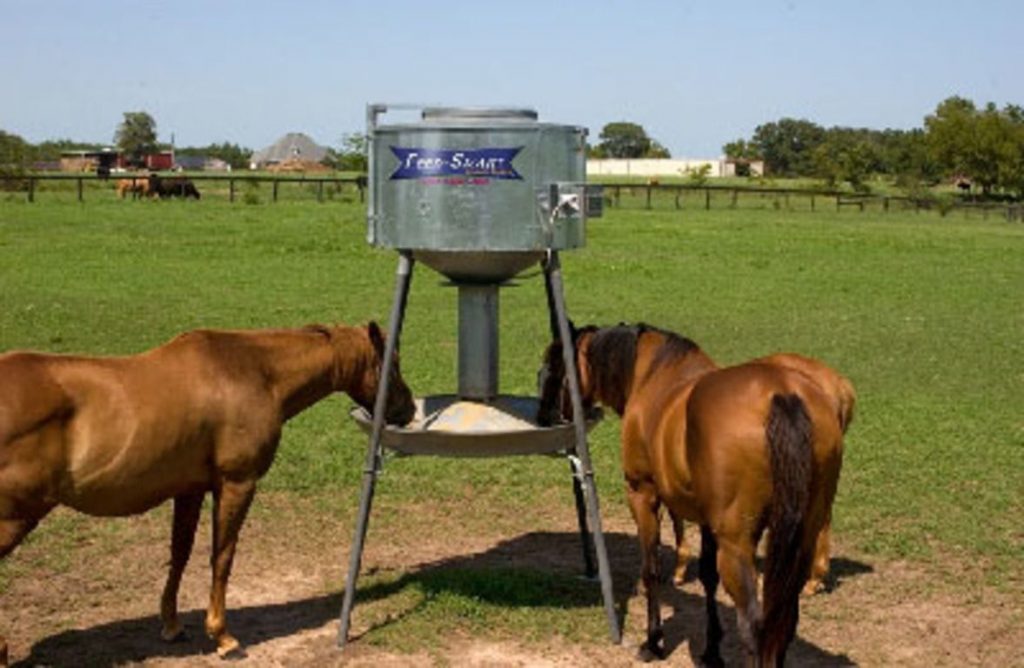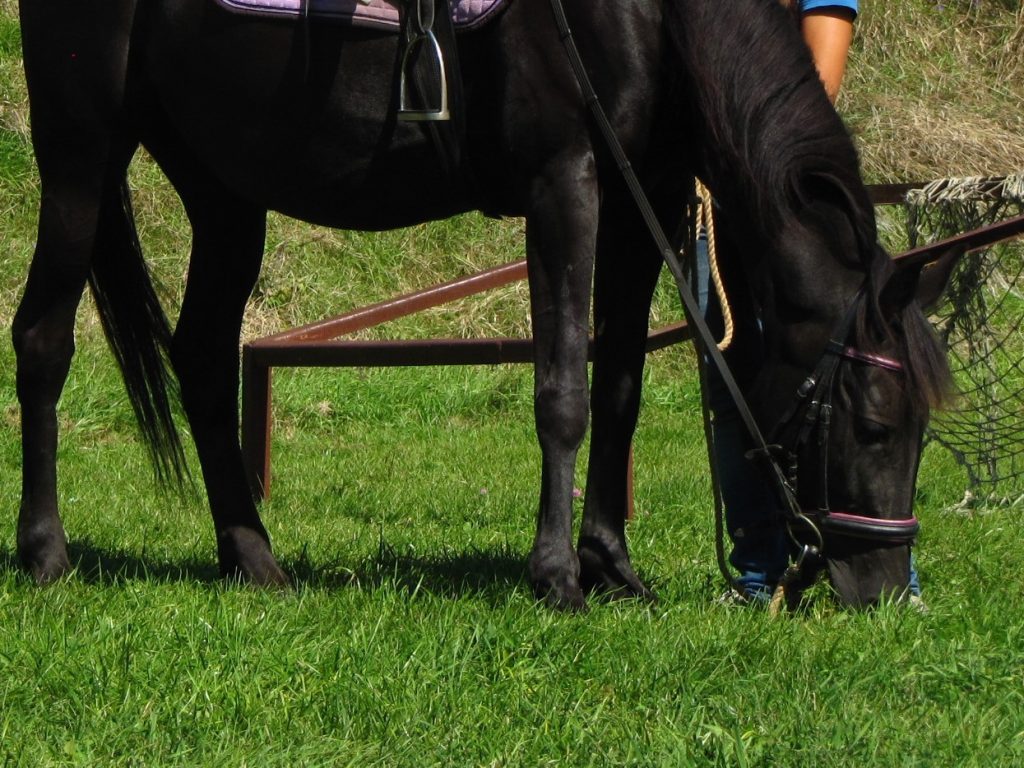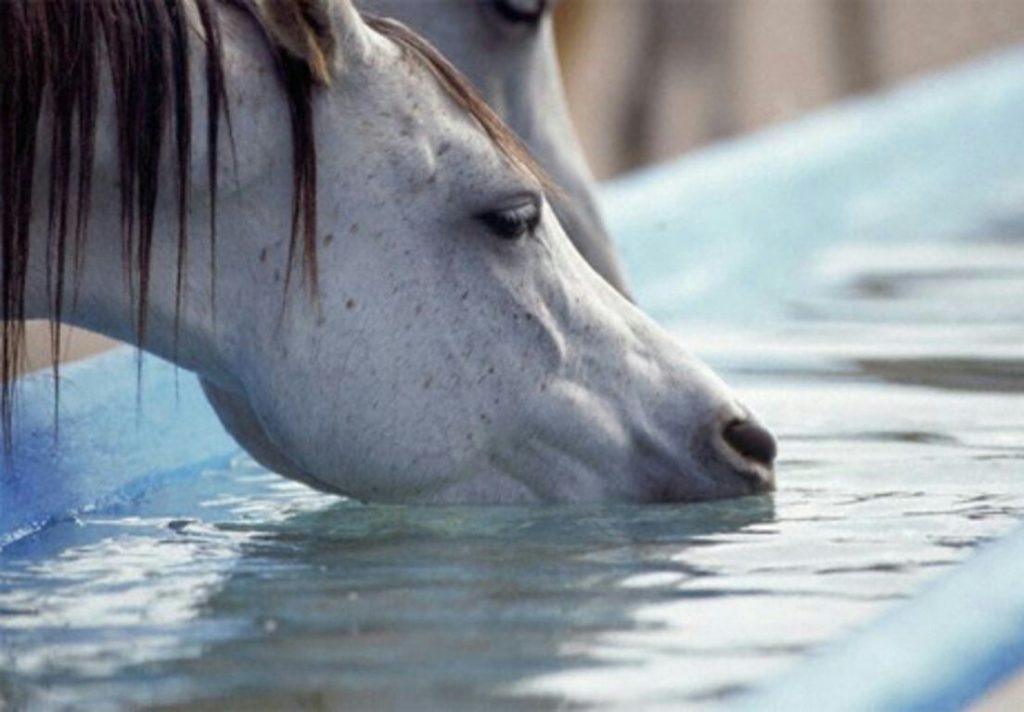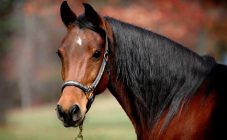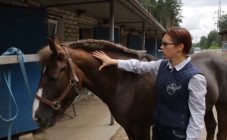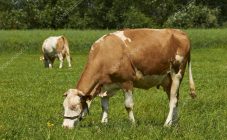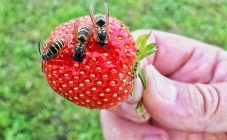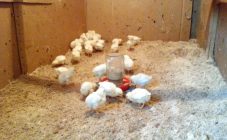Content:
Horses are herbivores, which means that their diet is 100% plant-based. The anatomical features of the stomach require frequent but small food intake. Under natural conditions, this is achieved by grazing horses for many hours. As domesticated animals, horses have lost free access to fresh vegetation. In this regard, the question of choosing the correct diet arose.
Diet in the wild
What do horses eat? In nature, a variety of vegetation forms the basis of the horse's diet. In the warm season, wild trotters are content with fresh, succulent grass, and in winter - dried and frozen. This diversity is sufficient for a quiet existence and allows you to feed newborn foals.
Diet may vary from region to region. Horses feed on what the area is rich in. In less favorable climatic zones, horses can eat small shrub twigs or begin to nibble on the bark of trees. In more southern regions, the gastrointestinal tract is adapted to a milder diet, which consists of succulent grass. In the steppe conditions, horses have adapted to digesting dense stems of tall grasses.
Diet at home
After domestication, horses were used for heavy work. Transportation, plowing land in villages as draft animals, and use in military operations required high energy costs. A diet of hay and grass became insufficient to maintain health and replenish labor costs. Thus, cereals and flour milling products began to be added to horse feed, which is what horses are fed to this day.
With the development of various areas of equestrian sports, commercial feeds began to appear, more concentrated, which include bran, vitamin complexes that help support the muscles and skeleton.
Features of the digestive tract
The digestive system is intermediate between the structure of the cow's stomach and the human stomach. Sensitive lips are mobile and allow you to determine if food is edible. Saliva is produced in horses only when they eat food. The addition of carrots, oats or clover hay to the diet increases the secretion of gastric juice. The food is stacked in the stomach in layers. Rapid evacuation of water into the intestinal lumen, characteristic only of horses, is noted. The secretion of bile and pancreatic juice occurs continuously, increasing with feeding.
Types of suitable feed
Suitable horse feeds are divided into:
- juicy;
- rough;
- concentrated.
Juicy forages include grasses, haylage, root crops.
You can provide your horse with fresh grass while grazing on the farm. When harvesting for future use, you should carefully monitor the quality of the raw materials. Failure to comply with the technique may lead to the development of decay processes that affect digestion.
Wilted grass is called "haylage" and contains up to 55% moisture. A portion should contain 2 times less relatively fresh grass and 1.5 times more than hay in the horse's diet per day.
It is permissible to feed the horses with root crops.Carrots, beets or pumpkin are what horses love to eat. Sweet fruit is best used as a treat for horses. The question often arises: "Is it possible to give cucumbers to horses?" Fresh cucumbers are one of the safest treats. You can also use dried bread, bananas, dried fruits, sugar, watermelon or melon rinds as treats for horses. It is forbidden to feed animals with vegetables that cause increased gas production (for example, potatoes).
Rough forage includes hay, straw, grass meal.
Hay is a dried herb with a moisture content not exceeding 17%. The access to the hay must be permanent. When harvesting hay, most of it should be cereal plants (meadow bluegrass, fescue, etc.). By harvesting herbs early in the growing season, you can get the maximum nutritional value of the finished product, which horses are especially fond of.
Straw should not be the main diet of what horses eat. It should be given as an additive, since the basis of the straw is threshed bare stems.
Herb flour is a crushed dried herb with a minimum moisture content. After that, they can be crimped to shape the granules. Due to its high nutritional value, this type of feed belongs more to the concentrated species.
Concentrated feed has an energy function. They are often used to bring an animal to the desired condition. In the rehabilitation period after suffering an illness, concentrates will ease the problem of how to fatten the horse. Such feed is needed at high loads. The most popular types are oats, barley, corn, bran, and compound feed.
The classic component of the diet is oats, providing the main energy source. The energy value is achieved by a high starch content (50%), fiber.
Corn provides a short-term energy boost. It should be given to eat in small portions exclusively before high physical exertion.
Bran, due to its high fiber content, is why it is used to increase the volume of feed.
Milled cereals, bran, cake form the basis of compound feed. It is a well-balanced diet that can be matched to any horse's age.
Feeding features
How much does a horse eat per day? When feeding horses with natural products, the daily ration of an adult horse should be: 6 kg of oats, 7-10 kg of hay, 1.5-2 kg of bran, up to 6 kg of carrots. You can feed with fodder beets, watermelons, and treat with apples, which horses adore. The menu should constantly include mineral additives and table salt (up to 12-14 kg of salt is eaten per year).
When feeding, it is necessary to take into account the size, age, physical activity in order to create a competent balanced diet.
Oats and hay must be placed separately in the stable; hanging mesh feeders are well suited for this. The daily rate of oats should be given in 3 passes, while hay - 4-5 times.
Spring straw and hay should be at least 40% of the total diet. It is ideal to use meadow or leguminous-grain hay. Before feeding, it should be hand-picked and disassembled into smaller bundles.
When grazing, the horse should gradually adapt to the new food source. At first, the horse should not graze for a long time to avoid indigestion. Give a small amount of hay before grazing.
Feeding with commercial compound feed should be carried out according to the manufacturer's instructions, leaving an abundance of clean water freely available.
For intensive work, give the horse a break every 2 hours for feeding and rest. For short breaks, roughage should be given, and during periods of long downtime, oats and concentrated feed can be given after hay. After consuming the concentrates, give the horse an hour to rest.
Drinking features
Unlike feeding, drinking is not a problem. An adult horse requires up to 60 liters of water per day. It should be fresh, free of sediment and foreign odors. The water should not be icy, this will provoke a cold in the horse. During the winter, there should also be sufficient water, as the horse will not be able to eat as much snow as needed to cover the water balance.
Eating rules
In addition to the correct selection of the ratio of feed ingredients, certain feeding rules must be followed:
- Frequent and small portions of food. Since gastric juice is constantly secreted and neutralized by ingestion of food, hay should always be available. Otherwise, an empty stomach will be exposed to strong acids and ulcers and gastritis will begin.
- Providing constant chewing. In natural conditions, horses have constant access to food resources. During domestication, the need to chew was also preserved. By swallowing air while chewing food, natural needs are satisfied. Such measured actions reduce boredom by protecting the animal from behavioral disturbances.
- Diet stability. Since different microorganisms are involved in the process of digestion of various types of substances, it is necessary to gradually introduce new foods into the diet for the development of certain bacteria. Typically, the formation of the required population of microorganisms takes 14 days. With a sharp change in feed, disturbances in the digestive system, metabolic failure can occur, which will lead to colic, diarrhea and laminitis.
- Cleanliness of accompanying inventory. Contaminated feeders, scoops or buckets of water can provoke the development of pathogenic flora. Therefore, it is necessary to regularly sanitize not only horse ammunition, but also items intended for feeding.
- Access to clean water. The need for constant access to drinking water is due to the fact that horses regulate their body temperature by drinking. In addition, water is necessary for the transport of substances to the joints, it is a component of saliva, digestive juice. The horse can only be given water before dispensing food.
- Lack of feeding before physical activity. At least 1 hour should elapse between eating and physical work. If the conditions are not met, the digestion process will be disrupted. In the process of movement, a full stomach will not allow the lungs to fully open, thereby reducing the efficiency of the cardiovascular system.
- Individual selection of feed. When choosing a diet, it is necessary to take into account the load, weight, height and general health of individuals. From the same diet that horses eat, some gain weight well, while others do not absorb nutrients well under the same conditions.
- Feed quality. To reduce the risk of infection of horses, the feed should be free of mold and dust. Since horses do not have a gag reflex, hay and straw should be carefully checked for poisonous plants. For the storage of compound feed, premises are needed, protected from direct sunlight, treated from parasites. This is what horses eat from vegetables: carrots, a small amount of cabbage, beets.
- Compliance with the daytime regimen. Getting used to the same feeding time, the horse's digestive system begins to prepare in advance for food intake.Sharp fluctuations in the regime will lead the animal to a stressful state.
- Condition of teeth. Chewing food thoroughly increases the surface of the digestive juices. This promotes the absorption of nutrients in the feed. In addition, careful grinding of the feed will reduce the risk of the animal choking and produce the necessary volume of saliva. Based on the above, it is necessary to invite a specialist at least once a year to examine the teeth of horses.
The role of vitamins
Like any representative of the animal world, a horse needs a complex of vitamin supplements for horses.
With their lack, the following symptoms begin to appear:
- decrease in the reaction rate;
- impairment of hearing, vision;
- stunting;
- weakness;
- apathy;
- tarnishing of the coat.
In addition to vitamins, it is necessary to control the intake of trace elements and minerals, for example, iodine, zinc, iron, copper, selenium and manganese.
Drawing conclusions, we can say that the preparation of a balanced diet and adherence to the drinking regime will preserve the health of the horse. Regular sanitization of items involved in the feeding process will reduce the risk of spreading pathogenic microorganisms. The additional introduction of vitamin and mineral complexes during the period of active loads or in the process of rehabilitation after illnesses will allow the specimen to come into proper shape faster.
